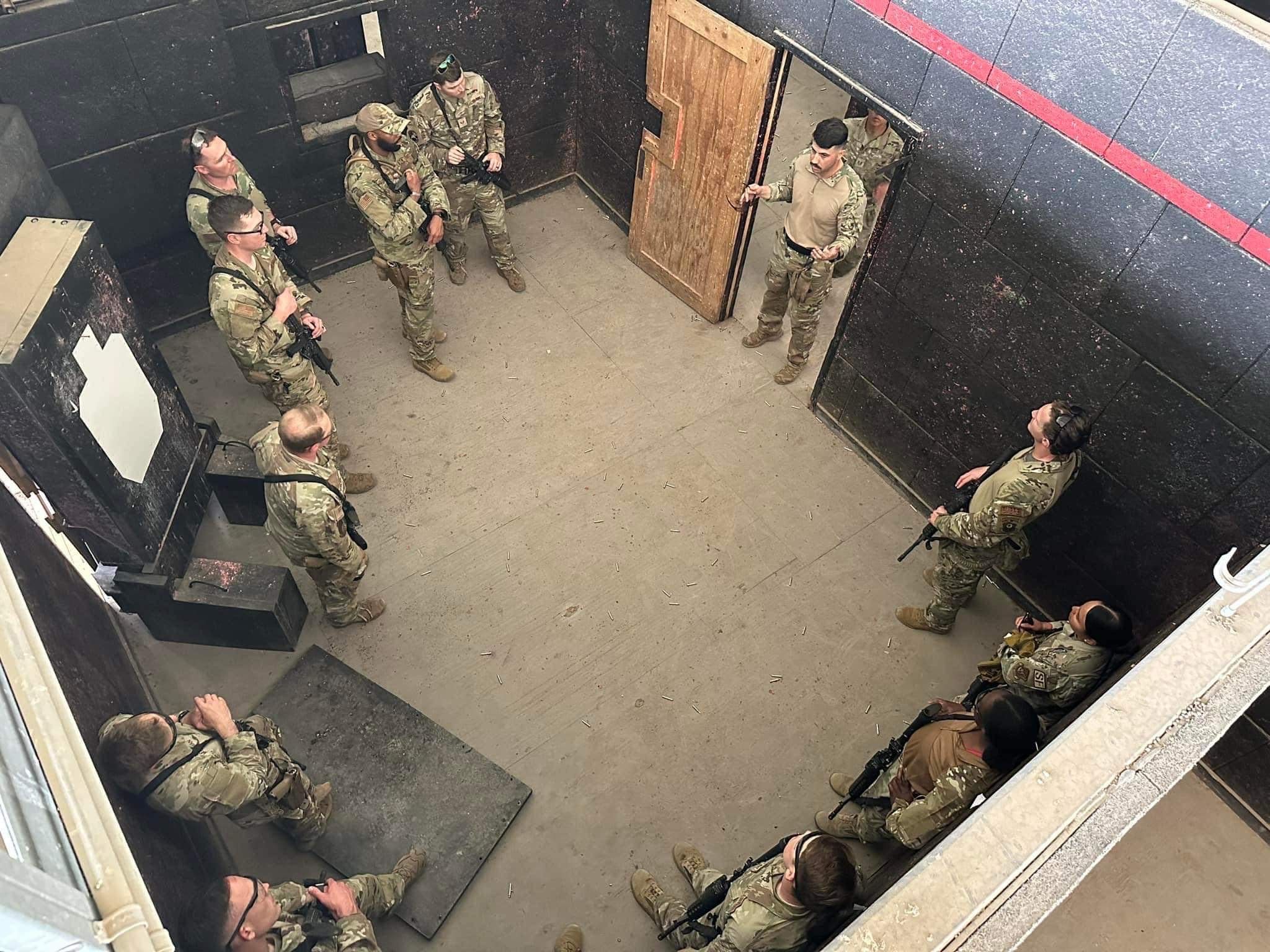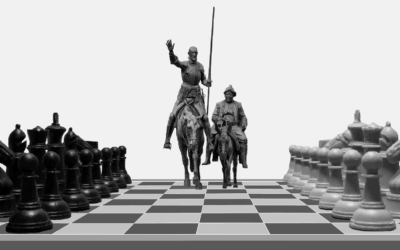EPISODE 133
There’s nothing “friendly”
about “friendly Fire”

The only thing more frightening than being shot at by your own team is finding out you just shot up your own team. The very idea of fratricide…aka “Blue-on-Blue” incidents…is scary, but being a professional means you can’t just be scared, you have to work on your skills and knowledge to counter the possibility of it happening to you or because of you. In this episode, Jim and Mike discuss just that.
Whether it’s a pair of USAF F-15’s mistaking American Blackhawks for Iraqi Hind gunships, a police officer not briefed to look for the undercover cop at the buy/bust, or a private citizen failing to positively identify an “intruder” and shooting a loved one, these are all preventable failures. We know that fog and friction make it harder to be aware of the environment and cause simple tasks to become more difficult, so how do we mitigate these factors and prevent “own goals”? Listen to this episode to find out.
Reading:
A Chain of Events by Joan Piper
Vignettes:
Tarnak Farm Incident
Albuquerque undercover officer shot by LT: Police 1 Article – Update on Officer – YouTube Video
NYPD Incident
Providence Training Fatality
Robin Sage Training Fatality
Like what we’re doing? Head over to Patreon and give us a buck for each new episode. You can also make a one-time contribution at GoFundMe.
Intro music credit Bensound.com
CLICK BELOW TO SUBSCRIBE NOW ON YOUR FAVORITE PLAYER
THANK YOU TO OUR SPONSORS! PLEASE GO CHECK THEM OUT
Recent Episodes
It’s Chess AND Checkers–Tactics and Strategy Unite!
Why do we focus so much on tactics and so little on strategy? In this episode, Mike and Jim tackle the divide between street-level action and big-picture thinking. Drawing on lessons from policing, the military, and community crime prevention, they explore how individual cops, community members, and leaders can influence criminal decision-making—not just react to it.
Topics include resource constraints, the Broken Windows theory, and strategies for shifting offender perceptions to prevent crime before it occurs.
Hazing vs. Hardening: Building Strong Teams Without Breaking People
Hazing, or just holding the new guy to a high standard? That line matters—and we’re walking it in this episode. Mike and Jim break down where real team-building ends and toxic tradition begins. We’re talking SWAT school, academy culture, leadership, and how to onboard new teammates without wrecking morale. This one’s about building teams that are tough, smart, and built to last.













